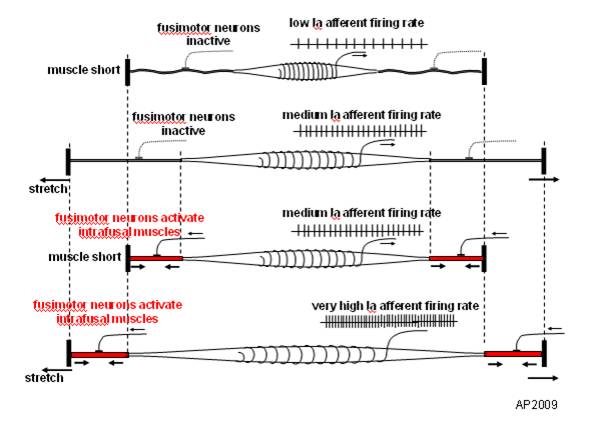Foot Ankle Int. 2011 Nov;32(11):1075-80. Increased in-shoe lateral plantar pressures with chronic ankle instability. Schmidt H, Sauer LD, Lee SY, Saliba S, Hertel J. Source
University of Virginia, 2270 Ivy Road, Box 800232, Charlottesville, VA 22903, USA.
Abstract BACKGROUND:
Previous plantar pressure research found increased loads and slower loading response on the lateral aspect of the foot during gait with chronic ankle instability compared to healthy controls. The studies had subjects walking barefoot over a pressure mat and results have not been confirmed with an in-shoe plantar pressure system. Our purpose was to report in-shoe plantar pressure measures for chronic ankle instability subjects compared to healthy controls.
METHODS:
Forty-nine subjects volunteered (25 healthy controls, 24 chronic ankle instability) for this case-control study. Subjects jogged continuously on a treadmill at 2.68 m/s (6.0 mph) while three trials of ten consecutive steps were recorded. Peak pressure, time-to-peak pressure, pressure-time integral, maximum force, time-to-maximum force, and force-time integral were assessed in nine regions of the foot with the Pedar-x in-shoe plantar pressure system (Novel, Munich, Germany).
RESULTS:
Chronic ankle instability subjects demonstrated a slower loading response in the lateral rearfoot indicated by a longer time-to-peak pressure (16.5% +/- 10.1, p = 0.001) and time-to-maximum force (16.8% +/- 11.3, p = 0.001) compared to controls (6.5% +/- 3.7 and 6.6% +/- 5.5, respectively). In the lateral midfoot, ankle instability subjects demonstrated significantly greater maximum force (318.8 N +/- 174.5, p = 0.008) and peak pressure (211.4 kPa +/- 57.7, p = 0.008) compared to controls (191.6 N +/- 74.5 and 161.3 kPa +/- 54.7). Additionally, ankle instability subjects demonstrated significantly higher force-time integral (44.1 N/s +/- 27.3, p = 0.005) and pressure-time integral (35.0 kPa/s +/- 12.0, p = 0.005) compared to controls (23.3 N/s +/- 10.9 and 24.5 kPa/s +/- 9.5). In the lateral forefoot, ankle instability subjects demonstrated significantly greater maximum force (239.9N +/- 81.2, p = 0.004), force-time integral (37.0 N/s +/- 14.9, p = 0.003), and time-to-peak pressure (51.1% +/- 10.9, p = 0.007) compared to controls (170.6 N +/- 49.3, 24.3 N/s +/- 7.2 and 43.8% +/- 4.3).
CONCLUSION:
Using an in-shoe plantar pressure system, chronic ankle instability subjects had greater plantar pressures and forces in the lateral foot compared to controls during jogging.
CLINICAL RELEVANCE:
These findings may have implications in the etiology and treatment of chronic ankle instability.
all material copyright 2012 The Homunculus Group/ The Gait Guys. Don’t rip off our stuff. PLEASE ASK 1st!






















